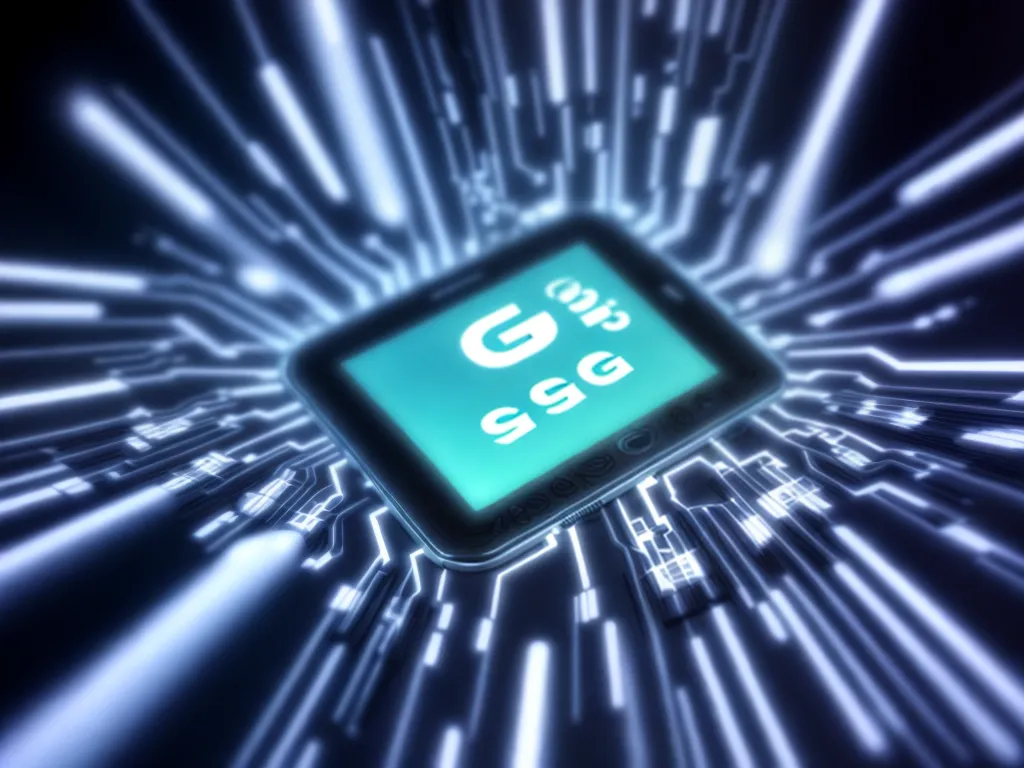
Data Security Needs for 5G Networks
Introduction
5G networks promise faster speeds and lower latency compared to previous cellular network generations. However, with these benefits come new challenges related to data security that must be addressed. As 5G networks roll out globally, implementing robust security measures is crucial to protect sensitive user data and prevent cyber attacks. In this article, I will discuss the unique data security needs of 5G networks in depth.
New Attack Surfaces Created by 5G
5G networks introduce new potential attack surfaces that hackers can exploit. Here are some of the major security challenges created by 5G architecture:
Network Slicing
- 5G utilizes network slicing, which allows multiple virtual networks to run on top of a shared physical infrastructure. This provides flexibility but also expands the attack surface. A breach in one slice could spread across slices rapidly.
Edge Computing
- 5G pushes computing power to the edge of the network to reduce latency. But edge servers are harder to secure and monitor compared to centralized data centers. Local edge data centers will require robust physical and cyber security.
IoT Device Explosion
- 5G will lead to a massive increase in Internet of Things (IoT) devices connected to cellular networks. Each IoT device is a potential entry point for hackers. IoT devices often lack proper security features and are vulnerable to botnets.
New Interfaces and Protocols
- New 5G components like virtualized network functions and service based architectures utilize different interfaces and protocols compared to legacy networks. These new technologies are untested from a security perspective.
Key Data Security Capabilities Needed
To safeguard sensitive data on 5G networks, the following security capabilities are essential:
Fine-Grained Access Control
- Granular control over data access is needed in 5G networks. This prevents unauthorized parties from viewing or modifying slices of data within the network. Access should be limited on a need-to-know basis.
Encryption of Data in Transit and at Rest
- Strong encryption like AES or RSA should be applied to all sensitive data flowing through the network and stored at rest within databases. This protects against man-in-the-middle attacks.
Visibility into All Network Layers
- Full visibility into traffic patterns across edge networks, backhauls, core infrastructure, and network slices is required. This allows rapid threat detection and response across the decentralized 5G infrastructure.
Automated Anomaly Detection
- AI-powered anomaly detection needs to be implemented to identify suspicious activities such as network breaches, device hijacks, or insider threats. Billions of events must be analyzed in real-time across 5G networks.
Reliable User Identity Management
- Robust user identity and access management ensures only authorized individuals and devices can access parts of the networks. Multi-factor authentication should be mandated for parties handling sensitive data.
Built-in Device Security
- IoT devices connected to 5G networks need built-in security features such as trusted platforms, encryption, and access controls. They should also receive regular security patches and firmware updates to fix vulnerabilities.
Security Concerns by Industry
Different industries have distinct security and privacy requirements when adopting 5G networks:
Healthcare
- Healthcare organizations need to prevent unauthorized access to patient health records and medical data transmitted over 5G networks. HIPAA compliance will be critical.
Financial Services
- Banks must prevent 5G network intrusions and data breaches to protect customer account information, transactions, and wire transfers.
Retail
- Retailers need to safeguard customers’ personal information and payment data. 5G promises more use of IoT sensors, digital signage and interactive in-store experiences.
Autonomous Vehicles
- Self-driving vehicles rely on high-speed 5G connectivity and will generate huge amounts of security-sensitive data. This must be kept isolated from external networks.
Utilities
- Gas, electricity and water utilities need ultra-reliable 5G connectivity plus strong protections against potentially disastrous cyber attacks on critical infrastructure.
Closing Recommendations
5G delivers the speed and responsiveness needed for technologies like augmented reality, autonomous vehicles, and the Internet of Things. But massive data security challenges come with these benefits. Enterprises must take a proactive and layered approach to securing sensitive data transmitted and stored on 5G networks. The latest encryption, access controls, anomaly detection, and device hardening techniques should be implemented by security teams before the roll out of 5G services. With strong data security foundations in place, businesses and consumers can enjoy 5G’s advances without undue risk.












